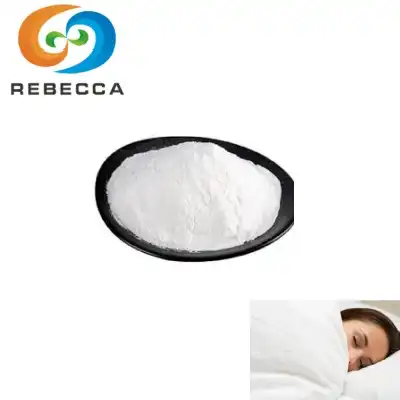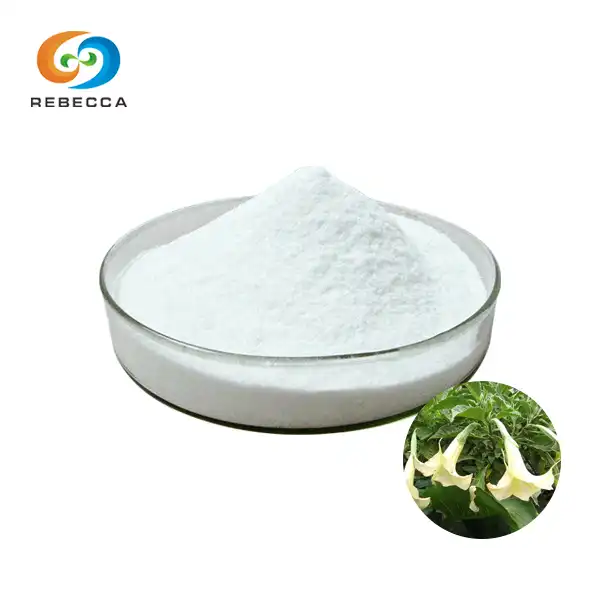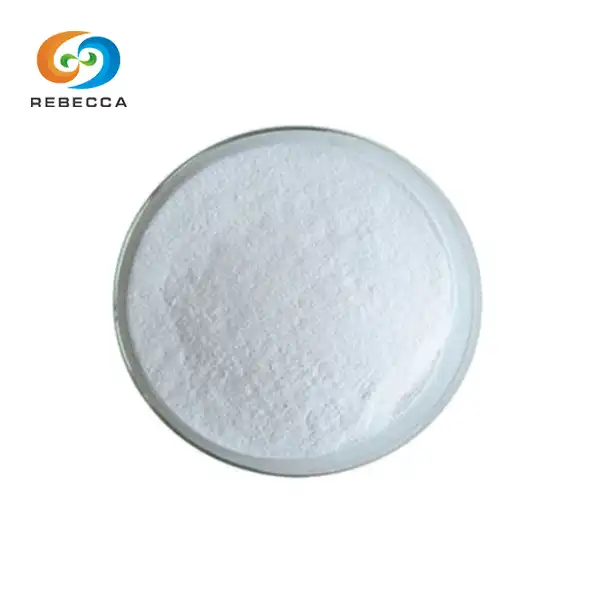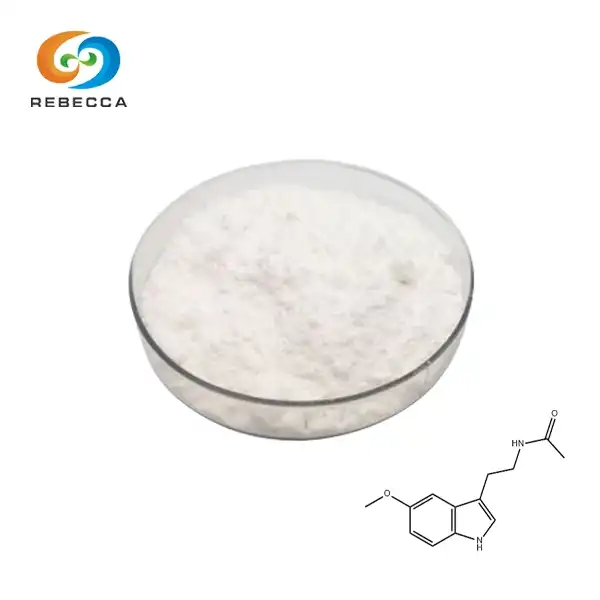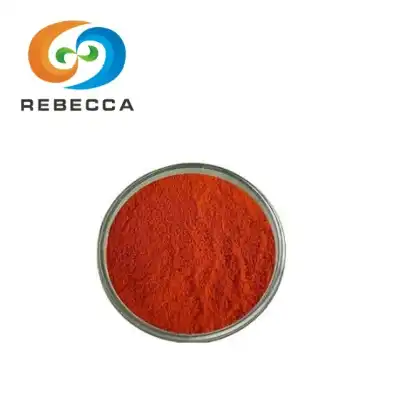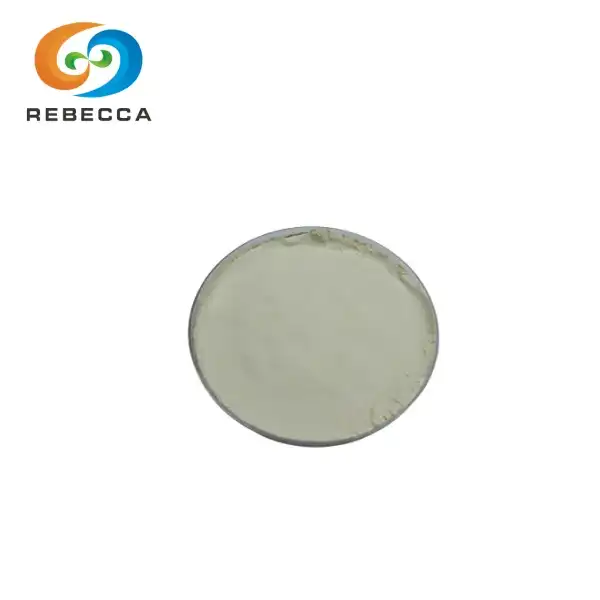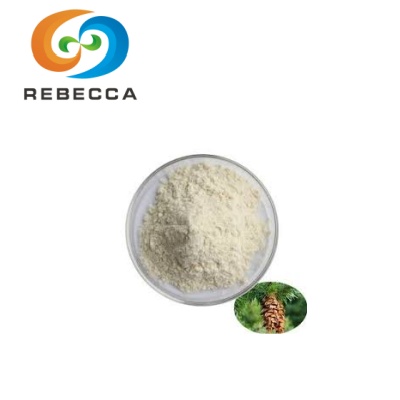What is alpha lipoic acid used for?
Alpha lipoic acid (ALA), a naturally occurring compound celebrated for its versatile health benefits, has become a staple in wellness routines, clinical settings, and skincare regimens. This sulfur-containing fatty acid, often available as a light yellow to yellow powder in its purified form, acts as a potent antioxidant and plays a pivotal role in energy metabolism. As interest in its applications grows, understanding how ALA is utilized across dietary supplements, medicines, and skincare products can help consumers make informed choices. Let's explore its diverse product applications, with a focus on the widely used alpha lipoic acid powder and its practical implementations
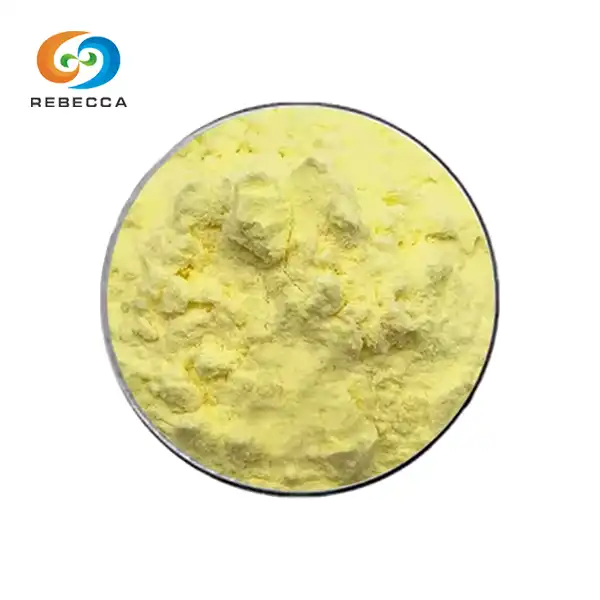
Product Name:alpha lipoic acid
CAS No.:1077-28-7
Specification:99%
Test Method:HPLC
Appearance:Light yellow to yellow powder
Dietary Supplements
One of the most common ways people incorporate alpha lipoic acid into their health regimens is through dietary supplements, where alpha lipoic acid powder serves as a key ingredient. The powder form is valued for its high purity, often reaching 99% as specified in pharmaceutical-grade standards, and ease of formulation into various products. Dietary supplements featuring ALA cater to a broad audience, from individuals managing chronic health conditions to those seeking proactive wellness support.
Oral supplements are the primary delivery method, with capsules, tablets, and softgels dominating the market. These formats offer convenience and precise dosing, typically ranging from 100 to 600 milligrams per serving. For instance, single-ingredient capsules containing 300mg of alpha lipoic acid powder are popular among individuals with diabetes or insulin resistance, as research suggests ALA may improve insulin sensitivity and glucose metabolism. On the other hand, combined formulations often pair ALA with complementary nutrients like vitamin C, vitamin E, or magnesium to enhance antioxidant synergy. This approach appeals to consumers looking for holistic support for cellular health and aging gracefully.
Liquid and powdered blends represent alternative delivery methods, particularly suited for those who prefer non-tablet forms or require easier absorption. Liquid formulations may be flavored to improve palatability, making them accessible for older adults or individuals with swallowing difficulties. Powdered ALA can also be incorporated into beverages or smoothies, offering flexibility in daily use. The target demographic for these supplements includes individuals with prediabetes or type 2 diabetes seeking to support blood sugar management, older adults concerned about nerve health, and anyone looking to combat oxidative stress associated with modern lifestyles.
Reputable brands often highlight the quality of their alpha lipoic acid powder, emphasizing standardized testing methods like HPLC (High-Performance Liquid Chromatography) to ensure purity and consistency. This transparency builds trust, especially among health-conscious consumers who prioritize evidence-based ingredients in their supplement routines.


Medicines: Clinical Applications in Disease Management
Beyond over-the-counter wellness products, alpha lipoic acid plays a critical role in medical settings, where it is used to treat specific conditions under professional guidance. In pharmaceutical formulations, alpha lipoic acid powder serves as a raw material for both prescription and OTC medications, with its therapeutic effects most prominently studied in diabetic neuropathy.
Diabetic peripheral neuropathy, a common complication of diabetes characterized by pain, numbness, and tingling in the extremities, is a primary indication for ALA in medicine. In countries like Germany, intravenous (IV) formulations of ALA are approved for acute treatment, delivering high doses directly into the bloodstream to rapidly reduce symptoms. These injections are typically administered in clinical settings under medical supervision, providing immediate relief for severe cases. For mild to moderate neuropathy, oral tablets or capsules containing alpha lipoic acid are prescribed for long-term management, helping improve nerve function and quality of life over time.
ALA also finds use in adjunctive therapy for metabolic syndrome and related conditions. While not a standalone treatment, it may be included in combination medications designed to address insulin resistance, high blood pressure, or dyslipidemia. Healthcare providers may recommend these products to patients who need additional support alongside lifestyle modifications and primary medications. It's important to note that medical use of ALA requires strict adherence to prescribed dosages, as higher concentrations than those in supplements may be necessary, and interactions with other drugs must be carefully monitored.
The transition from dietary supplement to medical use highlights the versatility of alpha lipoic acid powder, which meets stringent pharmaceutical standards for purity and safety. Patients can trust that medicinal formulations undergo rigorous testing to ensure efficacy and minimize side effects, which are generally mild when used as directed—such as occasional gastrointestinal discomfort or headaches.


Skin Care Products: Harnessing Antioxidant Power for Topical Benefits
In the realm of skincare, alpha lipoic acid has gained traction for its ability to combat environmental stressors and signs of aging. As a key ingredient in creams, serums, and other topical products, alpha lipoic acid powder is formulated at lower concentrations, typically between 1% and 5%, to ensure safety while delivering antioxidant benefits.
Antioxidant serums are a popular vehicle for ALA, often combined with other potent compounds like vitamin C, vitamin E, or ferulic acid to create synergistic blends that protect against UV damage and pollution. These formulations work by neutralizing free radicals, which cause collagen breakdown and pigmentation irregularities, thereby improving skin texture, reducing fine lines, and enhancing overall radiance. Alpha lipoic acid is also valued for its ability to penetrate the skin barrier effectively, allowing it to deliver benefits deep into the dermal layers where aging processes are most active.
Moisturizers and anti-aging creams may incorporate alpha lipoic acid powder to boost their protective and reparative properties. When paired with hydrating ingredients like hyaluronic acid or ceramides, ALA helps maintain skin moisture while combating oxidative stress, making these products suitable for dry or mature skin types. Eye creams often include ALA to address delicate under-eye skin, targeting issues like dark circles and puffiness associated with cumulative environmental exposure.
While topical ALA is generally well-tolerated, individuals with sensitive skin should perform patch tests before regular use, as higher concentrations may cause mild irritation. The skincare industry's focus on evidence-based ingredients has led to increased research into ALA's topical effects, with studies supporting its role in improving photodamage and promoting a more even complexion. As consumers become more educated about active ingredients, alpha lipoic acid has emerged as a sought-after component in premium skincare lines dedicated to science-backed anti-aging solutions.
Rebecca Alpha Lipoic Acid Powder: Quality and Versatility for Your Needs
For manufacturers and formulators seeking a reliable source of alpha lipoic acid powder, Rebecca Bio-Tech offers a premium product designed to meet rigorous standards. Our alpha-lipoic acid (CAS No..: 1077-28-7) features a 99% purity grade, confirmed through HPLC testing, and presents as a light yellow to yellow powder ideal for diverse applications—from dietary supplements to pharmaceutical formulations and skincare products.
Whether you're developing a new supplement line, formulating a medicinal product, or creating a high-performance skincare range, Rebecca's powder ensures consistency, safety, and efficacy. Our commitment to quality control and regulatory compliance makes us a trusted partner for businesses worldwide.
For more information or to place an order, please reach out to us at information@sxrebecca.com. Our team is ready to assist with technical specifications, pricing, and customization options to meet your unique requirements.
References
[1] Jacob, S., et al. (1995). The use of alpha-lipoic acid in the treatment of diabetic polyneuropathy in Germany. Diabetes Care, 18(3), 383-390.
[2] Packer, L., et al. (1995). Alpha-lipoic acid as a biological antioxidant. Free Radical Biology & Medicine, 19(2), 227-250.
[3] Ziegler, D., et al. (2004). Oral alpha-lipoic acid improves symptomatic diabetic polyneuropathy: the SYDNEY 2 trial. Diabetes Care, 27(11), 2615-2622.
[4] European Medicines Agency. (2019). Summary of product characteristics for Thioctacid.
[5] American Diabetes Association. (2023). Standards of Medical Care in Diabetes.
